The Evolution and History of Content Marketing
Content creation has been a huge part of marketing for centuries. Here’s how it’s evolved over time.
When 2 million blog posts are published every single day, it’s safe to say that content creation is top of the agenda for most marketers.
And there’s a reason for that – actually, a few reasons.
As the internet expands into even more weird and wonderful crevices, brands are starting to see just how important content creation is. Not least because:
- Everyone’s doing it – 60% of marketers create at least one piece of content each day. If you can’t beat ‘em, join ‘em!
- Your business will grow quicker – businesses that create consistent contents web traffic growth in 7.8x those who don’t use content. The facts are in the figures, right?
- It costs less – content marketing costs 62% less than traditional marketing methods and brings in 3x the amount of leads. What’s not to like?
But, with the fast pace of the digital age, content creation and everything that comes with it is constantly shifting.
Why Content Creation is Constantly Evolving

Since the 1970s, ad exposure has grown from 500 per day to 5,000 a day now. That’s a lot of ad exposure. It means consumers now have thicker skin and are less receptive to traditional formats of advertising.
But, if that wasn’t enough, more than half a billion people worldwide have installed adblockers on their smartphones, tablets, and computers so they don’t have to be exposed to ads.
To ensure their brand is seen and doesn’t disappear behind walls and adblockers, businesses have to constantly adapt and change their content creation technique to align with what consumers want.
Let’s take it back for a moment…
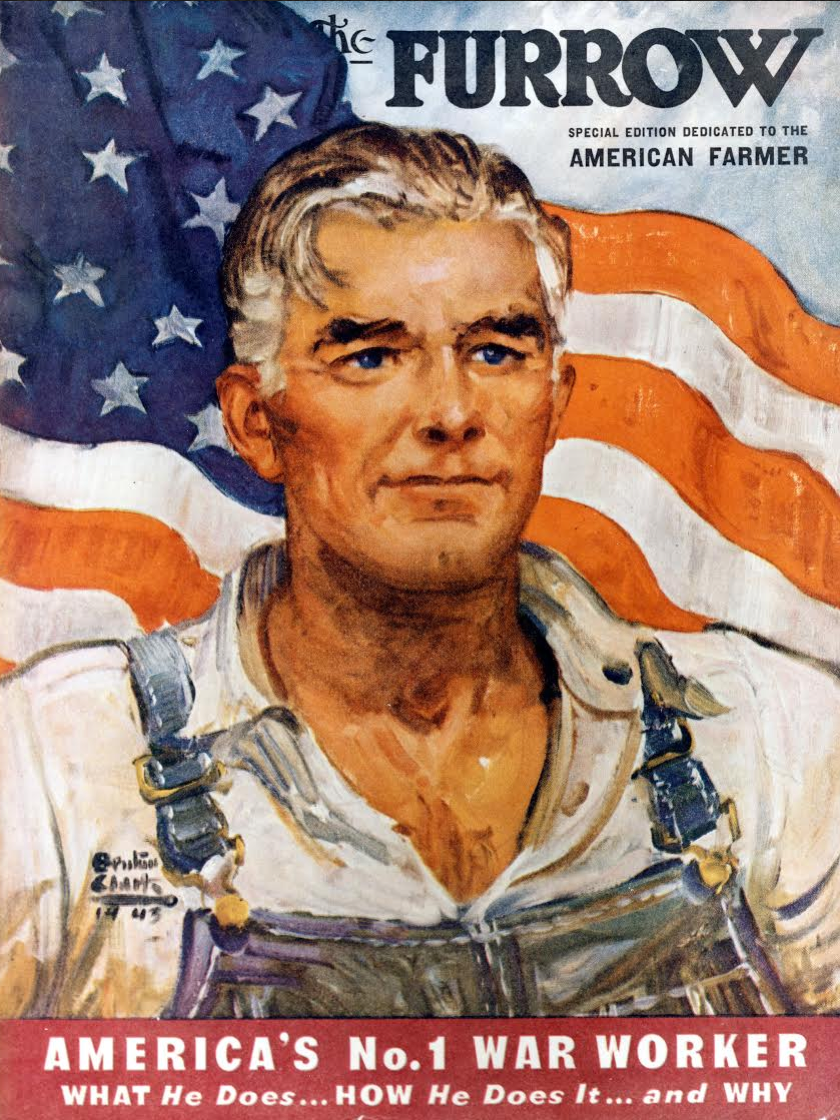 The earliest piece of documented content creation is thought to be John Deere’s The Furrow. However, recent research has revealed that Benjamin Franklin might also have been a very early adopter of the trend when he published the yearly Poor Richard’s Almanack in 1732 to promote his printing business.
The earliest piece of documented content creation is thought to be John Deere’s The Furrow. However, recent research has revealed that Benjamin Franklin might also have been a very early adopter of the trend when he published the yearly Poor Richard’s Almanack in 1732 to promote his printing business.
In the 1800s, the concept of creating “content” to promote businesses was developed even further when Bookstore Librairie Galignani opened a reading room and a printed newspaper that showcased articles from influential authors and books at the time. This was one of the more creative ideas at the time.
At this point, the term content creation had never passed anyone’s lips.
And it was a lengthy, difficult process putting something out there for the sole purpose of creative promotion.
Most businesses who dabbled with content creation in the early days created large, standalone pieces of content and produced them maybe only one a year – like the Michelin Guide, which was released in 1900 and the Jell-O Company’s free recipe book which was published in 1904.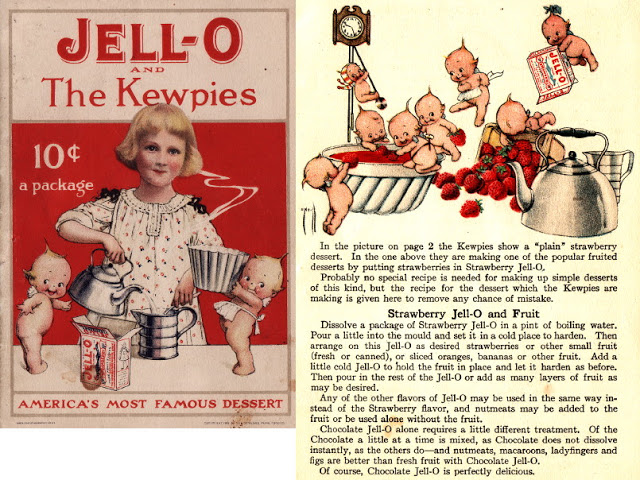
It wasn’t until 2001 that the term content marketing and, therefore, it’s partner in crime content creation was first used by Penton Custom Media in Ohio – seems like a long time in the making, right?
Since then, content creation has exploded into an entirely different beast. It’s no longer a huge ordeal to create one piece of mega-content each year.
With the constant introduction of new tools, upmarket technologies, and apps, the ability to create content has become easier and more “in-the-moment” (hence the 2 million blog posts that are published a day).
Brands create, publish, and promote content daily instead of yearly. But perhaps the biggest change is how smaller brands and businesses can use content creation and marketing to stand out amongst the big guns.
“As companies have begun recognizing the value of content, traditional media has continued to struggle financially. Meanwhile … brands now have access to the same distribution methods as media companies.
“That means we as content marketers have an amazing opportunity to compete with the likes of BuzzFeed and The New York Times, and whatever else is in our target customer’s news feeds.”
But just having the same distribution methods as media companies isn’t enough if you want to stand out, especially with the sheer amount of marketers focusing heavily on content creation.
Brands need to get creative – really creative.
Let’s take a look at some of the creative content we’ve seen over the years.
Marriott International’s Creative Content Marketing Studio

In 2014, Marriott International put together a content marketing agency to work on internal and external content for its 18 travel-related brands. It was a bold move by the company, but in order to stand out, it was considered a necessary step.
“We view this as the opportunity to be the world’s largest producer of travel-related content,” said Marriott’s VP of Creative, Content Marketing, and Global Marketing, David Beebe.
The upsurge in content had an impact on direct booking conversions, customer engagement, and brand identity, but Beebe points out that content is a long-term strategy that pays off over time.
The LEGO Movie
Sometimes, content creation pops up in the places you least expect it – like the cinema. The LEGO movie was perhaps the first feature-length piece of content creation that doubled up as a marketing effort.
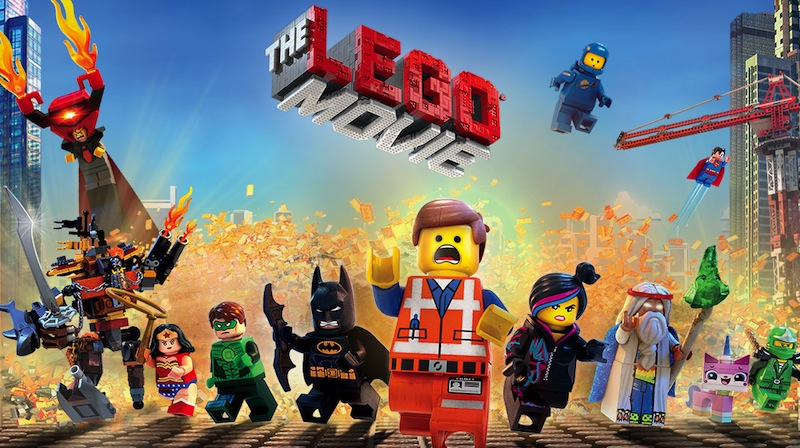
This is a fine example of “telling, not selling” which is key to content creation and marketing today. Storytelling is at the core of content creation because consumers are no longer falling for the “buy, buy, buy” mentality.
The reason the LEGO Movie worked so well is because the brand striked while the iron was hot. Sales were up 26% in 2012 after a number of licensing deals with major film properties, so it seemed like the next logical step.
Again, this shows how brands now have to think on their feet if they want to catch the wave of momentum when it comes to creating content.
Content is Now Delivered in Many Different Ways
Let’s go back to the 1800s and even the 1900s right up until 2001 for a moment. Content creation during this time usually meant creating one large piece of content and publishing and promoting that once a year.
Today, content is delivered in a whole host of different ways. The 2 million blog posts a day are only scratching the surface. When you take social media, downloadables, emails, videos, and interactive content into consideration the number skyrockets to unbelievable quantities.
Content really is everywhere. So how can you keep up? Or, more importantly, how can you keep up and stand out in the sea of noise?
User-Generated Content
“You’re most likely to remember something if a friend recommends it,” says David Beebe of Marriott. “We want to take that same approach as a brand through building engaging content communities through social platforms.”
That’s where the secret to successful content creation lies. You don’t have to be pumping out ten blogs posts, hundreds of social media updates, and an email every single day. Content is all around us, so use it.
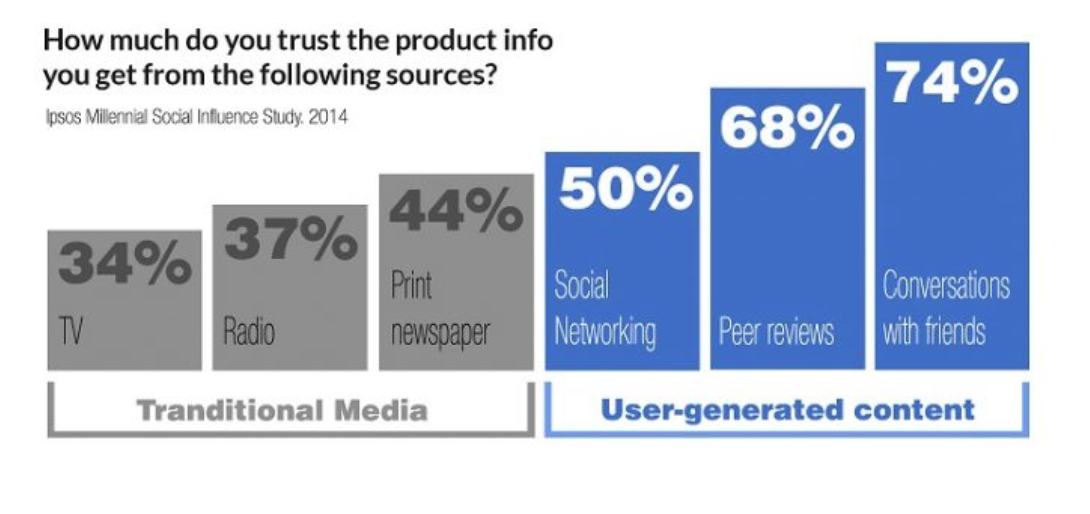 This is where user generated content (UGC) comes into play. There are consumers, customers, and communities out there creating content about your brand that you can use.
This is where user generated content (UGC) comes into play. There are consumers, customers, and communities out there creating content about your brand that you can use.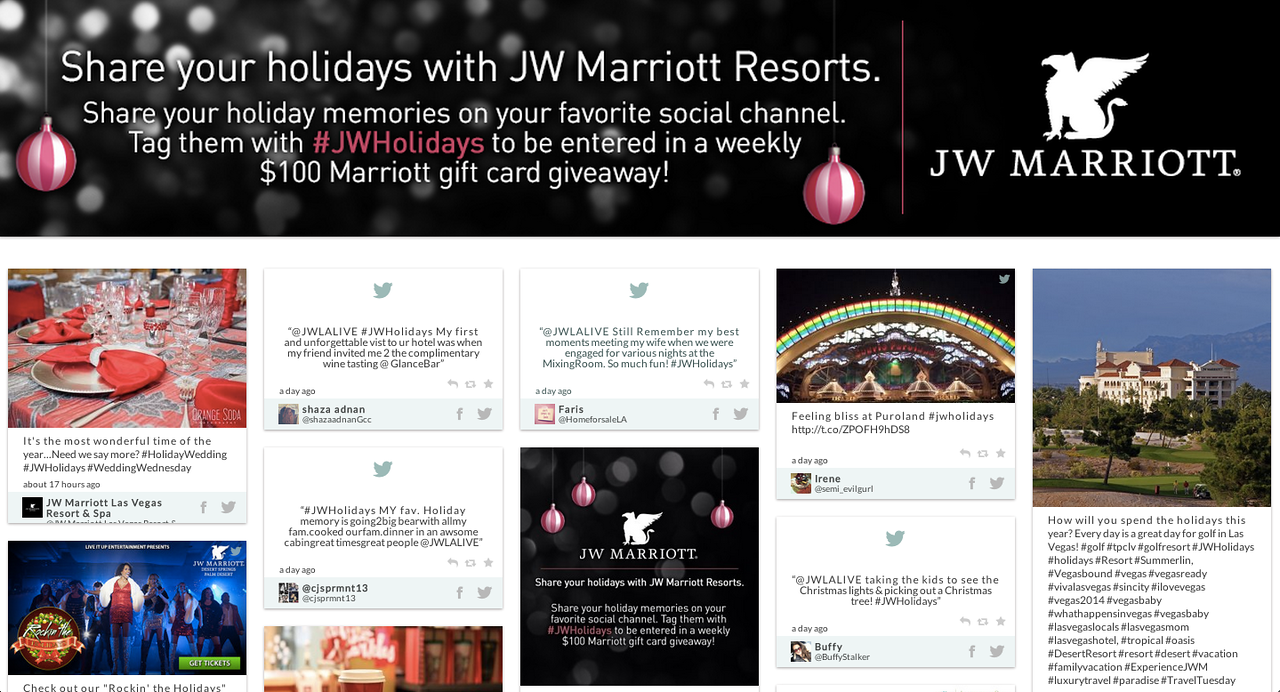
An example of JW Marriott using TINTto bring together user-generated content on their website.
Content creation has come so far since its birth back in the 1700s, but it’s still evolving today. In many ways, it has changed more in the last ten years than the last 200 and we can only assume that it will continue to evolve at such a speedy rate.
But what does its future look like?
For Larry Woodward of Graham Stanley Advertising, it’s all about the UGC: “Neither Marriott nor any other travel giant will be able to own travel entertainment online,” he says. “For the foreseeable future consumers will be the leading edge of content creation.”
Content creation might be one of the latest trends in marketing, but it’s definitely nothing new. For centuries, brands have realized that storytelling and connecting with their audiences in a way that’s not forced is vital if they want to build a community and generate a band of loyal followers.
The only thing that has changed is the tools which marketers have access to to create that content. No longer do they have to spend agonizing hours creating, printing, and publishing an anthology, they can simply shoot out a Tweet or put together a blog post.
And, with the rise of UGC, they don’t even have to do that. Instead, they can source content that their fans and followers have created and share that instead.
Content creation has always been a huge part of marketing, and it’s exciting to watch it unfold with technology and the latest trends.
